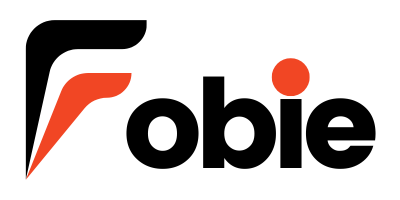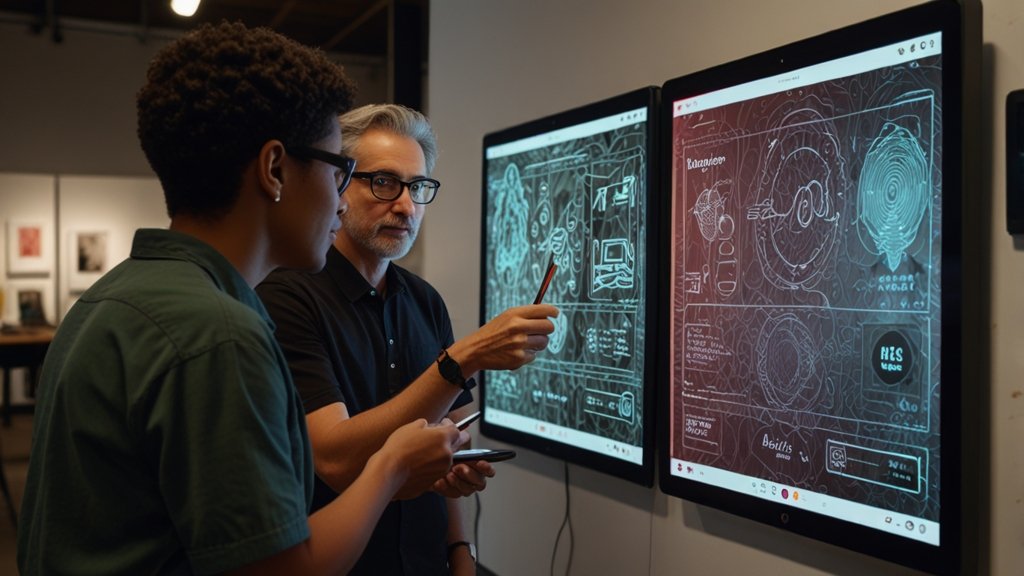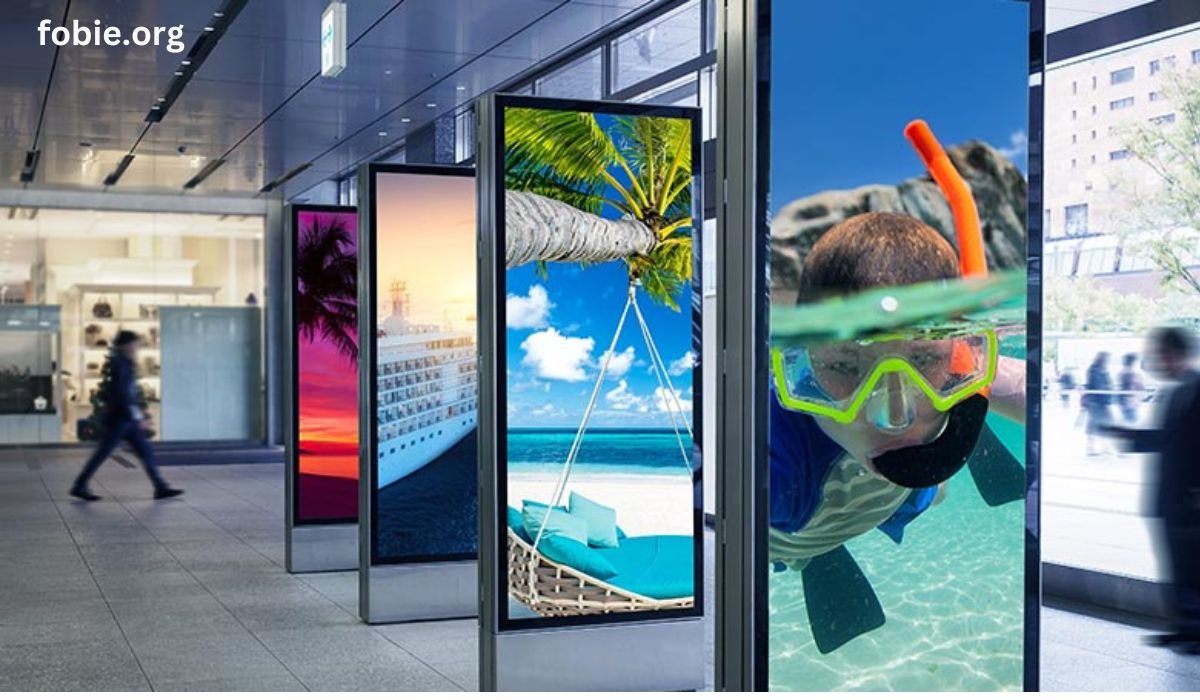Look, I’ve been around this digital art block more times than I care to count. I’ve seen platforms rise with fanfare, promising artists the moon, only to fizzle out or, worse, turn into soul-sucking machines that profit off creators while giving pennies back. Ever felt like you’re constantly juggling a dozen apps just to create, share, connect, and maybe sell a piece? You sketch in one place, post on three social feeds, pray for visibility, try to set up a shop somewhere, and hunt for tutorials scattered across the web. It’s exhausting, fragmented, and frankly, unsustainable for most. That’s the messy reality ArtofZio walks into. And honestly? It’s not just another platform; it feels like a much-needed paradigm shift.
ArtofZio isn’t just throwing features at the wall. It’s built from the ground up with the whole artist in mind – the creator, the businessperson, the learner, the community member. Imagine a space where your digital canvas seamlessly connects to your global storefront, your peer network, and your learning hub, all underpinned by tech that actually protects you. That’s the core promise. It combines art display, built-in e-commerce, social networking, and killer educational resources. But it goes deeper, weaving in AI-assisted generative tools (used ethically, mind you), blockchain-based authentication for ironclad ownership, and curated galleries designed for discovery, not just doom-scrolling. The goal? A global, diverse community where artists, whether you’re just doodling in Procreate or you’ve got pieces in virtual galleries, can truly create, share, connect, and get paid fairly. No more getting lost in the algorithm abyss.
The Fractured Reality of Digital Art Today
Let’s be brutally honest. The current landscape for digital artists? It’s a patchwork quilt held together with duct tape and hope. You’ve got your portfolio sites (great for showing, terrible for selling directly). You’ve got your social media giants (amazing reach, awful algorithms, zero direct monetization for most, and you’re building on rented land). You’ve got marketplaces (take hefty cuts, often feel impersonal, might not showcase your process or story). Then there’s learning – scattered across YouTube, paid courses, forums… it’s a lot. And ownership? Proving a digital piece is genuinely yours, especially with AI muddying the waters? Forget about it. This fragmentation drains creative energy. It forces artists into being marketers, tech support, and salespeople on top of being creators. Something’s gotta give.
ArtofZio Unpacked: More Than Just a Gallery
So, how does ArtofZio aim to stitch this mess back together? Think of it as an ecosystem, not just a tool. At its heart is, naturally, the art display. But this isn’t a static portfolio. It’s designed for dynamic presentation – think project timelines, process shots, high-res zoom, and customizable galleries that feel like your space. Crucially, integrated right there is the built-in e-commerce. No redirecting to third-party shops or complex integrations. Set your price, choose your licensing terms (standard or custom), and boom, it’s buyable. Stripe integration? Usually there. Crypto? Often an option. They handle the headaches.
Then comes the social networking layer. Not another Twitter clone, but a space built for visual creators. Follow fellow artists whose work you admire, join groups based on style or medium (think “Digital Watercolor Enthusiasts” or “Generative Art Explorers”), share works-in-progress for genuine feedback, collaborate on projects. It’s about fostering meaningful connections, not just chasing likes. And woven throughout? Educational resources. We’re talking curated tutorials (from basic techniques to advanced AI prompting), masterclasses from established artists, articles on the business side of art, and discussions on the ethics of digital creation. It’s continuous learning embedded in the platform you already use daily. Pretty slick, right?
The Engine Room: AI & Blockchain Working FOR You
Okay, let’s tackle the buzzwords: AI and Blockchain. On most platforms, these either feel like gimmicks or threats. ArtofZio approaches them differently – as tools to empower and protect the artist.
- AI-Assisted Generative Tools: This is where it gets interesting. ArtofZio provides AI tools within your creative workflow. Stuck on a background? Generate variations based on your initial sketch. Need color palette inspiration? Let the AI suggest harmonious schemes derived from your work. It’s about augmentation, not replacement. Crucially, they emphasize ethical AI principles. Training data transparency (as much as possible), opt-in/opt-out for data usage, clear labeling of AI-assisted elements – it’s about giving artists control over how AI interacts with their process. You’re still the captain; AI is just a powerful first mate.
- Blockchain-Based Authentication: Forget the NFT hype (or hangover). The blockchain tech here serves a vital, practical purpose: provenance and ownership. When you mint your finished work on ArtofZio (a streamlined process, not the crypto-nightmare you might imagine), it creates an immutable, timestamped record on the blockchain. This is your certificate of authenticity. It proves you created it, when. If you sell it, the ownership transfer is recorded. This is huge for combating plagiarism, establishing value for limited editions, and ensuring you get royalties on secondary sales if you choose that model. It puts the power of proof back in the artist’s hands. Some experts argue it’s overkill, but in a world flooded with digital copies? I see it as essential armor.
Also Read: The Unsung Hero of Digital Ecosystems: Why Tiwzozmix458 Represents the Future of Smart Identifiers
Building Walls or Bridges? The ArtofZio Community Ethos
A platform is only as strong as its community. ArtofZio explicitly champions a global, culturally diverse artist ecosystem. This isn’t just lip service. Features like multilingual interfaces (where feasible), culturally conscious curation, and groups focused on regional art forms actively foster inclusion. The focus is on sharing knowledge and inspiration across borders and styles. Think constructive critique circles, collaborative global art projects, and discussions that bridge traditional and digital techniques. The “social networking” isn’t an add-on; it’s the connective tissue that makes the whole thing thrive. You’re not just uploading art; you’re joining a conversation.
Show Me the Money: Monetization That Makes Sense
Let’s cut to the chase: artists need to eat. ArtofZio’s built-in e-commerce is central. Key monetization avenues:
- Direct Sales: Sell originals, prints (physical fulfillment often integrated via partners), or digital downloads (PNGs, PSDs, etc.). Set your price. Keep the lion’s share of the revenue (platform fees are typically transparent and competitive – think 10-15%, not 50%+).
- Licensing: Offer your work for commercial or editorial use directly through the platform. Define the terms clearly.
- Royalties: Thanks to blockchain, you can potentially earn a percentage every time your authenticated work is resold on the platform. Passive income from your art? Yes, please.
- Commissions: Easily set up and manage commission requests directly through your profile.
- Educational Content: Established artists can potentially monetize tutorials or courses hosted within the platform’s resources.
The emphasis is on fair compensation and artist ownership. You retain the IP. The platform facilitates the sale, taking a reasonable cut for providing the infrastructure, audience, and tools. It feels like a partnership, not exploitation.
Learning Never Stops: The Education Edge
What most “portfolio” sites miss is the growth journey. ArtofZio bakes learning in. Need to master that new brush pack in Krita? There’s probably a tutorial. Want to understand smart contracts for your art? An explainer might pop up. Curious about the history of glitch art? Dive into an article. This isn’t just about technique; it covers the business side (pricing, contracts, marketing) and the philosophical (ethics in AI art, digital preservation). It transforms the platform from a mere showcase into a career accelerator. You learn where you create and sell. That’s powerful.
ArtofZio vs. The Rest: Where It Actually Stands Out
Okay, let’s get practical. How does it really stack up? Here’s the breakdown:
| Feature | ArtofZio | Traditional Portfolio (ArtStation, Behance) | Social Media (Instagram, TikTok) | Dedicated Marketplaces (Etsy, Society6) | NFT Platforms (OpenSea, etc.) |
|---|---|---|---|---|---|
| Core Purpose | All-in-One Ecosystem | Showcase Portfolio | Social Engagement/Discovery | Selling Products | Selling Blockchain Assets |
| Built-in E-commerce | ✅ Seamless, Direct | ❌ (Limited/3rd party) | ❌ (Links only) | ✅ Primary Focus | ✅ (Crypto-focused) |
| Social Networking | ✅ Artist-Centric | ❌ (Limited comments/follows) | ✅ Primary Focus | ❌ (Limited forums) | ❌ (Limited) |
| Educational Resources | ✅ Integrated & Curated | ❌ | ❌ | ❌ | ❌ |
| AI Tools (Ethical) | ✅ Integrated | ❌ | ❌ | ❌ | ❌ (Often external) |
| Blockchain Auth. | ✅ Provenance & Royalties | ❌ | ❌ | ❌ | ✅ (Primary Focus) |
| Artist Ownership | ✅ Strong Emphasis | ✅ | ❓ (Platform TOS) | ✅ (Varies) | ✅ (Via Blockchain) |
| Fair Monetization | ✅ Focus on Artist Cut | ❌ (No direct sales usually) | ❌ (Hard to monetize) | ⚠️ (Varies, often high fees) | ⚠️ (Gas fees, volatility) |
| Community Focus | ✅ Global & Diverse | ❌ (Fragmented) | ❌ (Broad, not art-specific) | ⚠️ (Buyer-focused often) | ❌ (Speculative often) |
The Verdict? ArtofZio isn’t trying to be Instagram or OpenSea. It’s carving its own niche: a unified, artist-first space where creation, commerce, connection, and learning coexist seamlessly. If you’re tired of the fragmentation, it solves that. Big time.
Is ArtofZio the Right Canvas For You?
So, who’s it really for? Well…
- Emerging Artists: If you’re building your skills and presence, the integrated learning, community support, and accessible selling tools are gold. Getting seen and starting to earn without a massive following elsewhere is a huge plus.
- Established Digital Artists: Streamlining your workflow, accessing new generative tools ethically, securing provenance, tapping into a dedicated art-buying audience, and potentially earning royalties? That’s compelling. Moving your core operations here could save immense time and headache.
- Artists Exploring AI: If you want to use AI tools responsibly within your workflow and showcase that work transparently, ArtofZio provides a supportive and ethically conscious environment to do so.
- Artists Valuing Ownership & Fair Pay: If the idea of immutable proof of ownership and keeping more of your sales revenue resonates deeply, this platform is built on those principles.
- Community-Oriented Creators: If you thrive on collaboration, feedback, and being part of a global art conversation, the social features are genuinely designed for that.
It might not be the best fit if you’re solely focused on ultra-high-frequency social posting like TikTok demands, or if your primary market is strictly physical gallery sales. But for the vast majority navigating the digital art world? It ticks an astonishing number of boxes.
Wrapping It Up: The Future of Artistic Empowerment?
Here’s my take, forged from watching this space evolve (and often stumble) for years: ArtofZio feels less like just another app and more like a statement. It’s a bet that artists deserve better tools, fairer deals, stronger communities, and ethical technology partners. It tackles the fragmentation head-on. Is it perfect? No platform launching with this ambition ever is. There will be kinks. Community building takes time. But the vision – that unified, empowering hub for the entire artist journey – is exactly what’s been missing.
The digital art world is evolving at breakneck speed. AI is transforming creation. Blockchain is redefining ownership (beyond the crypto hype). The old models feel increasingly creaky. Platforms that put artists first, both creatively and commercially, aren’t just nice-to-haves; they’re becoming essential for survival and growth. ArtofZio is stepping boldly into that gap. Will it become the central hub for visual creators? Only time and adoption will tell. But its comprehensive approach, ethical backbone, and focus on solving real artist pain points make it incredibly promising.
The real question is: Are you ready to consolidate your creative life onto a platform built for you, not just around you? Maybe it’s time to see what the Art of Zio can do. What’s the one fragmented part of your art process you’d most love to simplify?
You May Also Read: Data-Driven Decisions: Harnessing the Power of AI for Effective Management
FAQs
Q: Is ArtofZio just for selling NFTs?
A: Absolutely not! While it uses blockchain for authentication and optional royalties, selling traditional digital files (PNGs, JPGs, PSDs) or physical prints is a core function. The blockchain part is about proving ownership and enabling resale royalties, not forcing crypto sales.
Q: How does the AI work, and is it ethical?
A: ArtofZio provides AI tools within your workflow for inspiration and assistance (e.g., generating variations, color palettes). They emphasize transparency in training data (where possible), artist control over data usage, and clear labeling of AI-assisted elements. It’s about augmentation, not replacement, guided by ethical principles.
Q: What are the platform fees for selling my art?
A: Specific fees can evolve, but ArtofZio typically aims for a transparent, competitive commission structure (often cited in the 10-15% range) for sales facilitated through its marketplace. This is generally lower than many dedicated art marketplaces. Always check their latest terms.
Q: Do I have to use the blockchain features?
A: Using blockchain for authentication is often presented as a strong benefit (proving ownership, enabling royalties), but it’s likely optional for basic uploading and sharing. Minting (creating the blockchain record) might be required for certain features like resale royalties or premium display in authenticated galleries.
Q: How does ArtofZio’s community differ from Instagram or ArtStation?
A: It’s built specifically for artists to connect deeply – focused on meaningful feedback, collaboration, shared learning, and discovery within a visual art context. Less about viral algorithms, more about niche groups, project sharing, and genuine interaction around the creative process and business.
Q: Can I sell physical art or only digital?
A: While the core is digital, ArtofZio often integrates with print-on-demand partners. This allows you to easily offer physical prints, canvases, or merchandise featuring your digital art directly through your shop.
Q: Is ArtofZio suitable for traditional artists who digitize their work?
A: Definitely! If you scan or photograph your traditional pieces, ArtofZio provides a powerful platform to showcase, sell high-quality prints or digital copies, connect with a relevant audience, and leverage the educational resources. The blockchain authentication is particularly valuable for digitized traditional art provenance.











